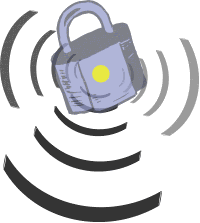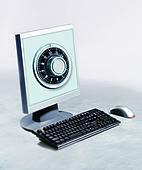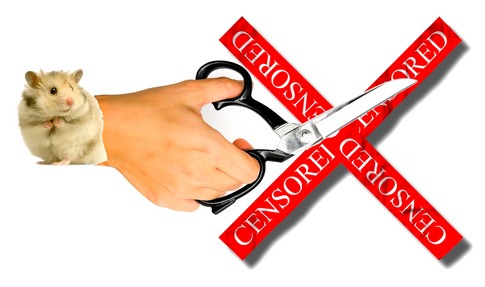HTML is an acronym which stands for “Hyper Text Markup Language”. A markup language is a collection of words and symbols which are used to describe the pieces of a document which can be read by a program to display the text is many different ways. Hypertext is a system which allows a user to click on a word to access another document as in a web page. HTML is the system used in the creation of web pages through the use of tags and other pieces of code to format pictures and text. Tags are a piece of text that is surrounded by angle brackets that are interpreted by a web browser and displayed. However, not all web browsers may display all HTML tags.HTML and the Internet were both initially used as a tool for CERN, the European Organization for Nuclear Research, to help researchers use the same documents and share information. Tim Berners-Lee created HTML as well as HTTP in the early 1990s to facilitate this global information sharing. HTML was built upon a previous markup language known as Standard Generalized Markup Language which was used in electronic document exchange. HTML allowed those who were not specialized in SGML to share and publish scientific documents electronically. The ease of learning HTML and how it could be used by other applications eventually led Tim Berners-Lee to realize that it had potential outside of scientific circles.
The entry of HTML into the domain of business seemed to cause a bit of chaos for people who had wanted to learn HTML. There was a battle of sorts between Netscape and Microsoft to secure the market in the mid 1990s. Each company had taken the liberty of creating proprietary HTML elements which would only work within their own web browsers. This led to an abundance of HTML tags to do different things on a website. The major problem with this system was that a website might appear fine while using Microsoft's Internet Explorer, but if Netscape Navigator was used to view the same page, it could appear differently. Microsoft eventually overpowered Netscape due to their ability to pair Internet Explorer with Windows.
At around the same time as the Microsoft and Netscape competition, Tim Berners-Lee formed the World Wide Web Consortium, or W3C, at MIT to act as a sort of peacemaker among the various web browser companies. The W3C was made with the intent to assure compatibility among browsers as well as create standards in various Internet protocol, including HTML. The consortium was an attempt to get these companies to agree on which components should be supported by all web browsers. Developers which follow the W3C's recommendations can display the W3C compliance on their product.
HTML is comprised of elements, data types, and character and entity references. Elements are the archetypal components of HTML. Elements have an attribute property and a content property. The attribute of an element is what is contained in the tag. The content is everything that is between the start tag and the end tag. The data types are the values of the element content and any of the operations done to them. Character and entity references are used to display items which are part of the HTML code to be displayed as a character and not read as code by the browser. It also allows characters that are not typically on a keyboard to be referenced on a website.References
HTML - Wikipedia
http://en.wikipedia.org/wiki/HTML
Accessed: September 06, 2009.
The History of HTML
http://www.ironspider.ca/webdesign101/htmlhistory.htm
Accessed: September 06, 2009.
 Fiber-optic communication is a form of data transfer which uses pulses of light through glass or plastic fibers. Fiber-optics allow for less loss of information than copper wires allowing long distances between signal amplifiers or repeaters. They also carry larger amounts of data than copper and unlike copper they experience no crosstalk between adjacent cables. They are used to transmit data from an origin of an electrical signal, to light over the fiber-optics, and then back to electrical when the destination is reached.
Fiber-optic communication is a form of data transfer which uses pulses of light through glass or plastic fibers. Fiber-optics allow for less loss of information than copper wires allowing long distances between signal amplifiers or repeaters. They also carry larger amounts of data than copper and unlike copper they experience no crosstalk between adjacent cables. They are used to transmit data from an origin of an electrical signal, to light over the fiber-optics, and then back to electrical when the destination is reached.













